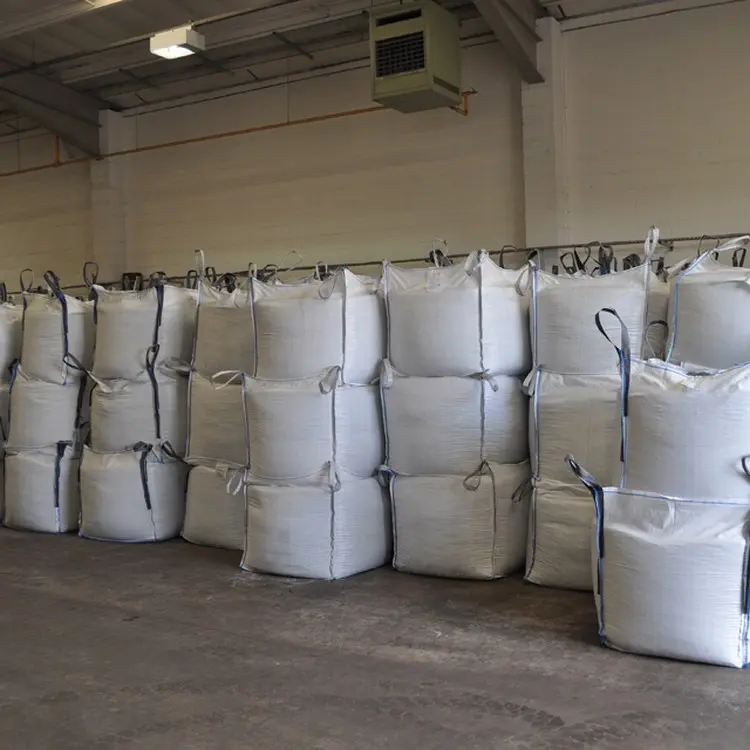In the realm of industrial bulk material handling, bulk bags, also known as flexible intermediate bulk containers (FIBCs), have become a staple for transporting and storing dry goods. These versatile containers offer a convenient and cost-effective way to move large quantities of materials, such as powders, granules, and flakes. However, one common challenge associated with bulk bags is the issue of dusting, which can pose significant concerns for safety, product quality, and environmental compliance.
Understanding Bulk Bag Dusting
Bulk bag dusting occurs when fine particles of the material being transported or stored escape from the bag, creating a cloud of dust. This dust can have a variety of negative consequences, including:
Respiratory Hazards: Dust particles can be inhaled, causing respiratory problems, such as asthma, bronchitis, and even lung damage.
Product Contamination: Dust can contaminate the product being transported, leading to reduced quality and potential safety hazards.
Explosion Hazards: In some cases, dust can form explosive clouds, posing a significant risk to workers and property.
Environmental Concerns: Dust emissions can contribute to air pollution and environmental degradation.

Consequences of Bulk Bag Dusting
The consequences of bulk bag dusting can be severe, impacting worker safety, product quality, and the environment:
Worker Health Risks: Dust inhalation can lead to respiratory illnesses, ranging from mild irritation to chronic lung diseases.
Product Contamination: Dust can contaminate the product, affecting its quality, appearance, and even safety.
Explosion Hazards: In combustible environments, dust can form explosive clouds, posing a serious risk of fire or explosions.
Environmental Impact: Dust emissions can contribute to air pollution, reducing visibility and affecting air quality.
Solutions to Bulk Bag Dusting Problems
To address the issue of bulk bag dusting and mitigate its associated risks, several effective solutions can be implemented:
Choose the Right Bulk Bag: Select bags that are properly sized, designed for the specific material, and have appropriate dust-tight closures.
Proper Filling Techniques: Ensure that bags are filled slowly and evenly, minimizing air entrainment and dust generation.
Controlled Discharging Methods: Use dust-containment systems, such as dust collectors or telescopic chutes, when discharging bags.
Regular Bag Inspection: Inspect bags for damage and replace worn-out or damaged bags promptly.
Maintain Proper Housekeeping: Regularly clean up dust spills and maintain a clean work environment.
Implement Dust Control Measures: Install dust suppression systems, such as misting or fogging systems, to control dust levels.
Conclusion: Prioritizing Dust Control for Safe and Efficient Bulk Bag Handling
Bulk bag dusting is a prevalent issue in the handling of dry bulk materials. However, by understanding the causes, consequences, and implementing effective solutions, companies can significantly reduce dust generation and its associated risks. Prioritizing dust control not only enhances worker safety and product quality but also contributes to environmental protection and regulatory compliance. As bulk bag handling continues to play a crucial role in various industries, dust control measures will remain essential for ensuring safe, efficient, and sustainable operations.
Post time: May-29-2024



